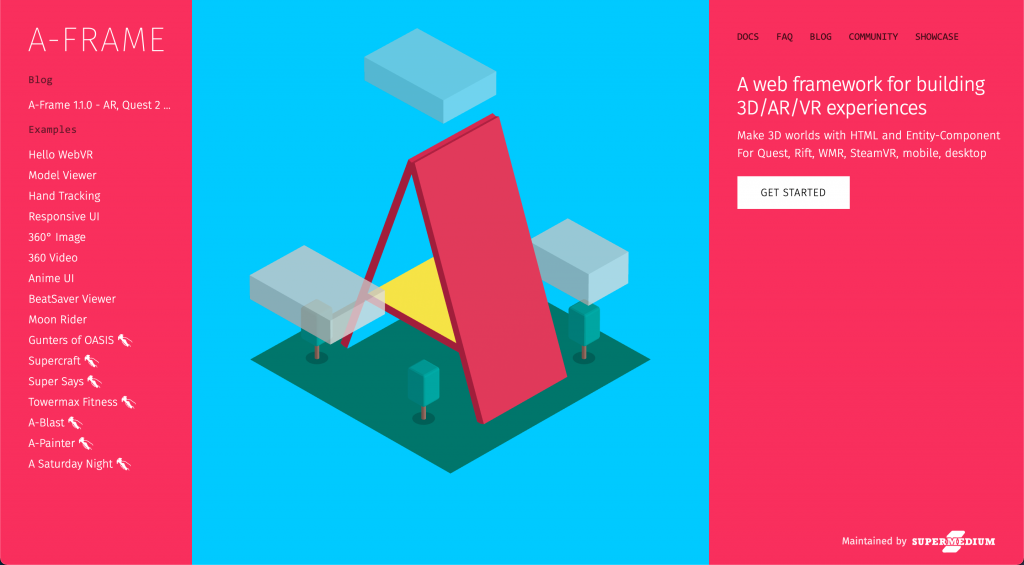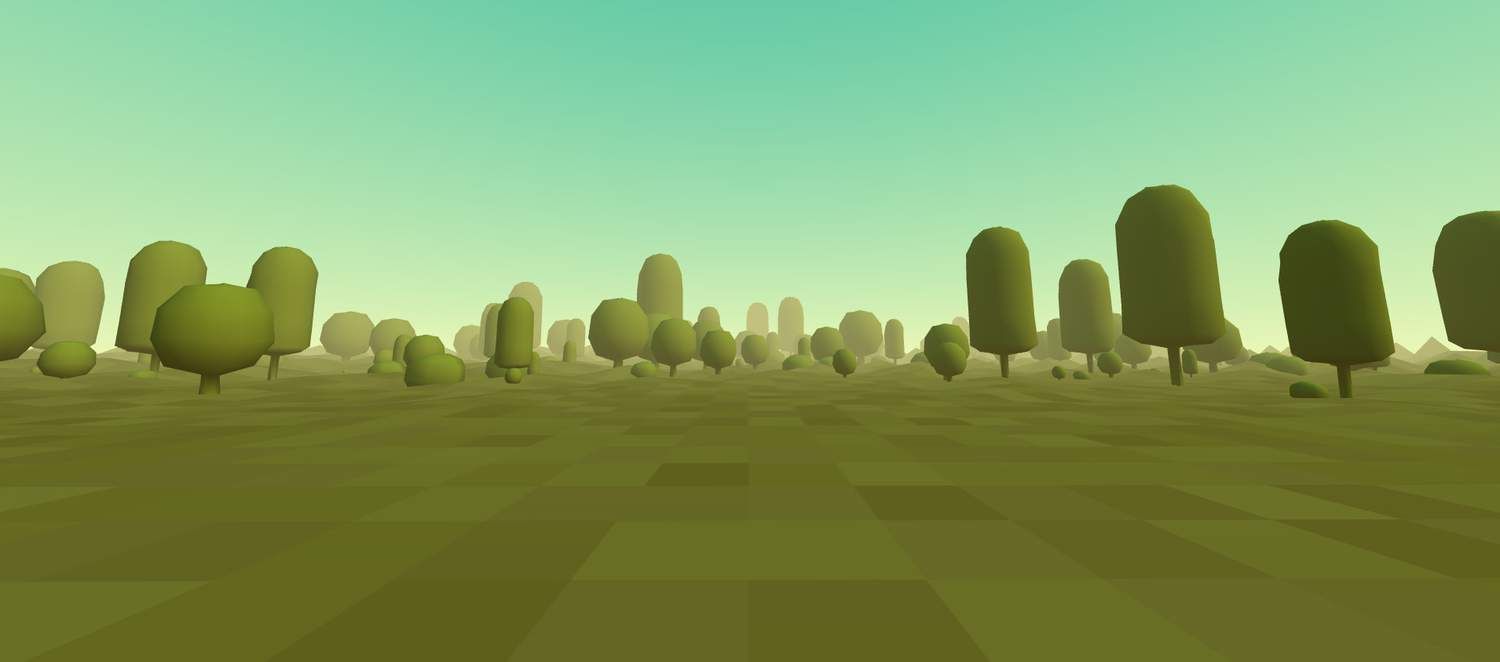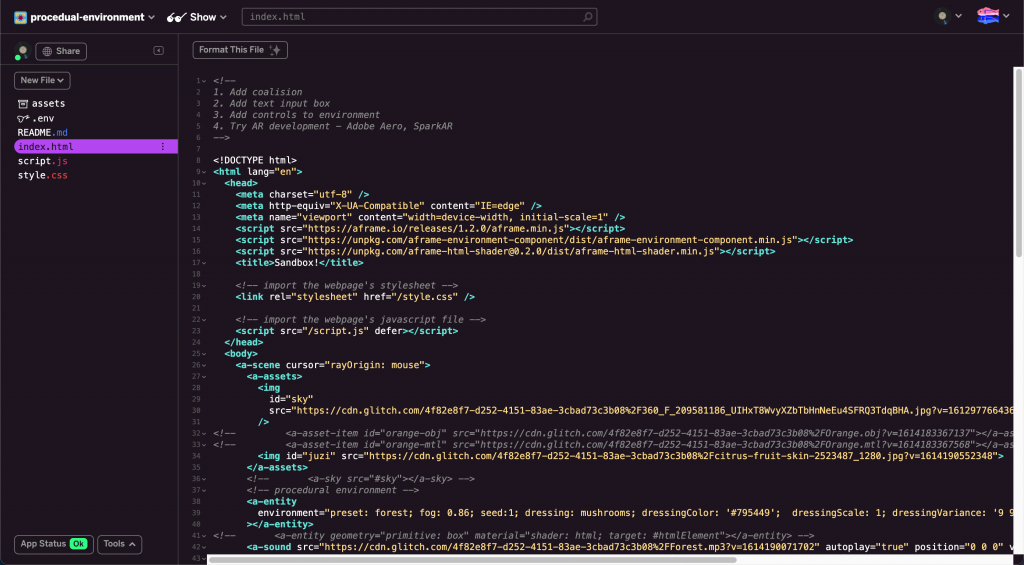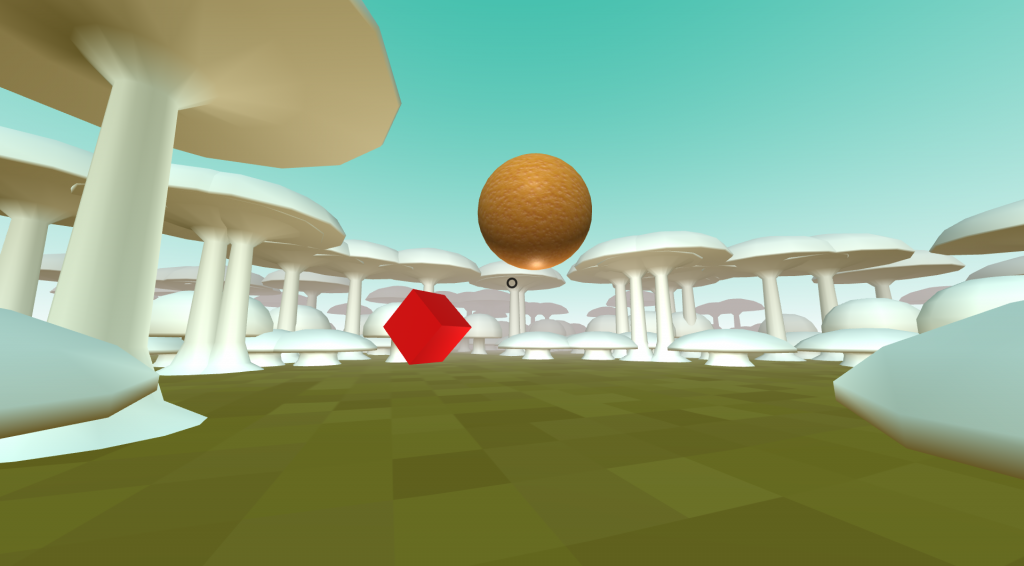Based on primary, exploratory interviews with professionals and secondary resources that present how play therapies are delivered remotely in 2020-2021, I learned more about both the gighlights and difficulties of tele-play.
In this project, I summarized the findings with storyboards protraying a variety of exisiting play scenarios and methods, following with a map illustrating their properties and strengths. After that, I drew out storyboards of proposed models of remote play and made one into a prototype.
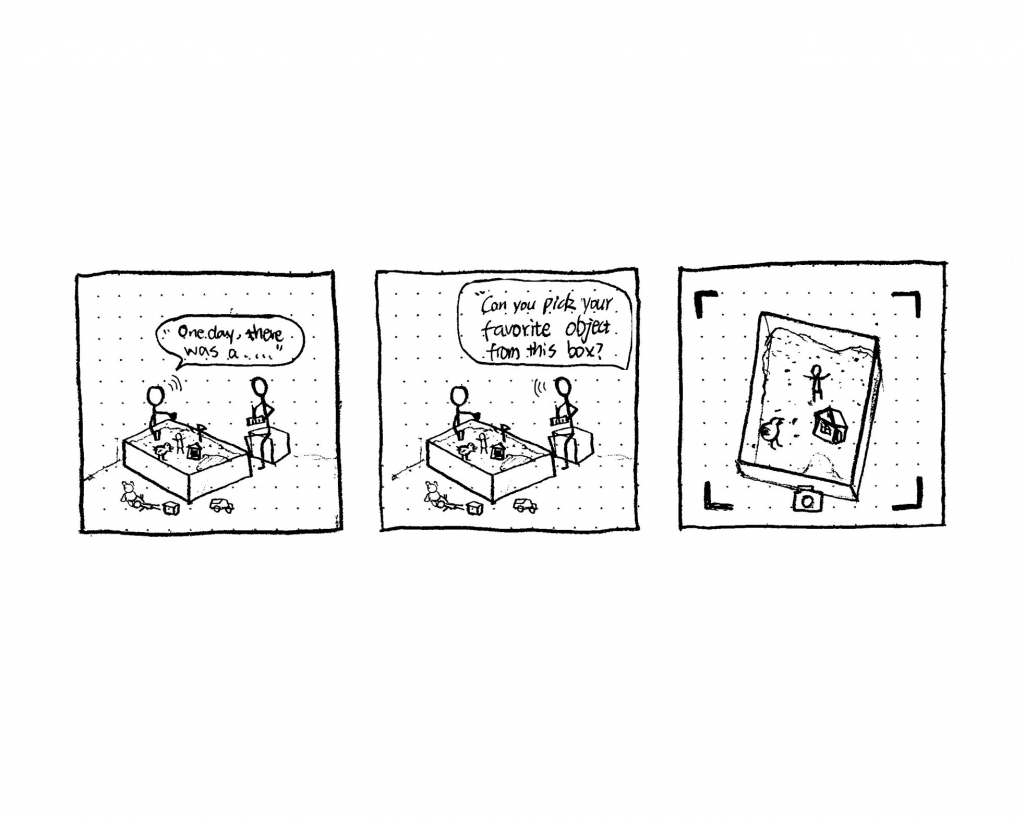
Physical Play (Traditional)
Usually in the therapist’s office, or a play room. The sand tray and a selection of toys would help clients play out a scenario and talk about their experiences and concerns. This method usually ends with a photo documentation of the built scene.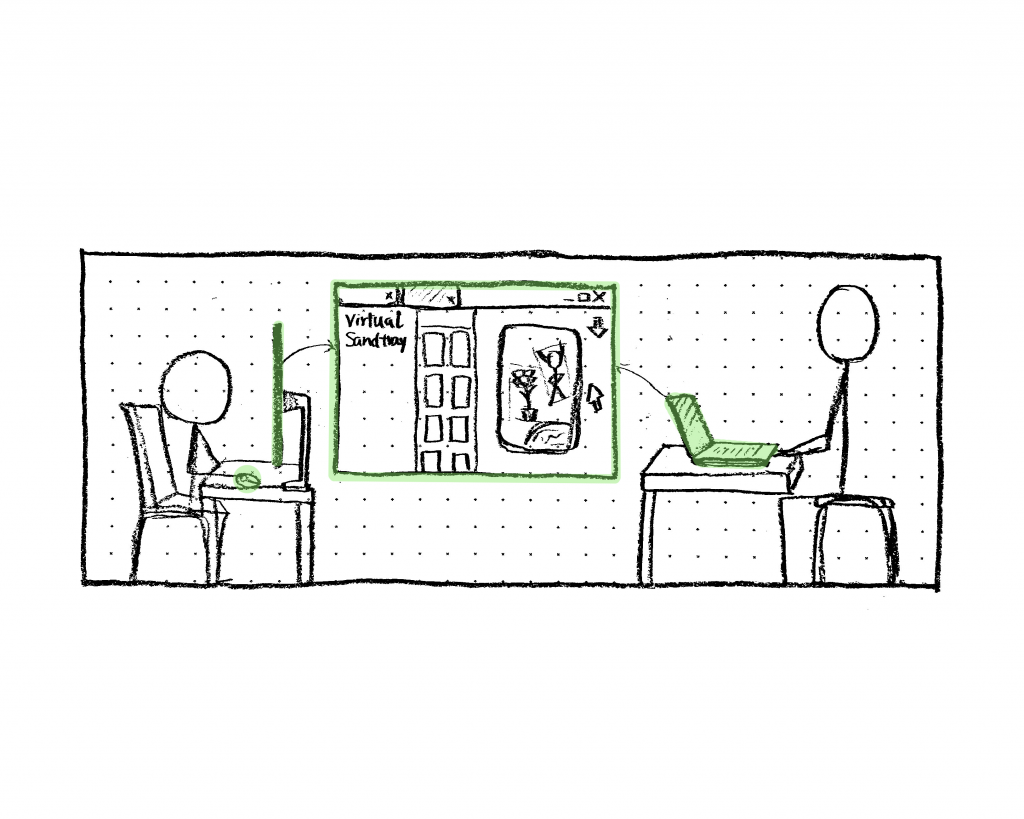
Current Tele-play Model – Video Conferencing + 2D Virtual Programs
The combination is seen as a makeshift solution in transitional times, but were broadly used during the pandemic and offers great reference value.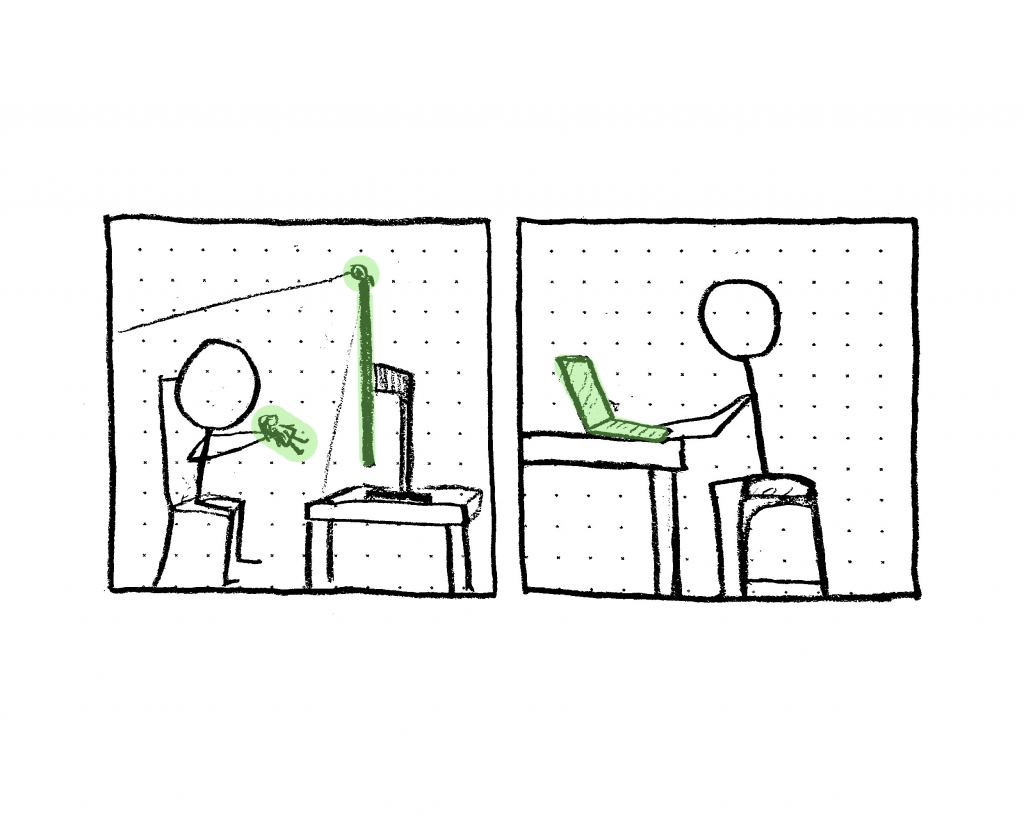
Current Tele-play Model – Video Conferencing + Client’s Toy and Equipment
A model that utilizes home environment and available tools. Having the familiarity with the environment and toy is an advantage but the therapeutic activities can become limited.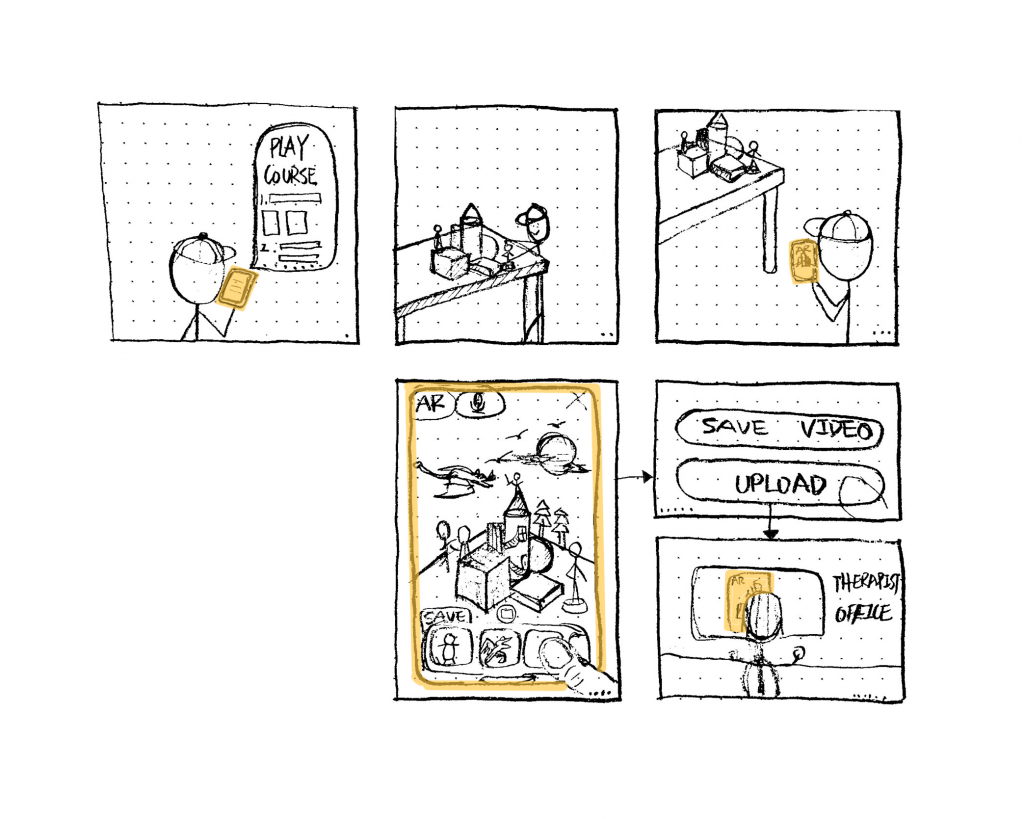
Proposed Tele-play Model – Asynchronous AR Program
Augmented asynchronous play model to allevate the traffic for therapist. Clients will play at home using physical models and their play content can be integrated with AR into a story.
Proposed Tele-play Model – Synchronous VR Play Space
A virtual play space where the therapist and client can see each other in their virtual representations. The play environment is customizable and has a large selection of 3D toys.
The storyboards illustrates the touchpoints and technologies used in each model, and are visual reminder of the relationship between therpists, play medium, and clients. There are advantages and disadvantages in each model to learn from. For instance, the documentation used in traditional face-to-face therapies inspires me to include a function to save the play scene for continuous play, or future reviews.
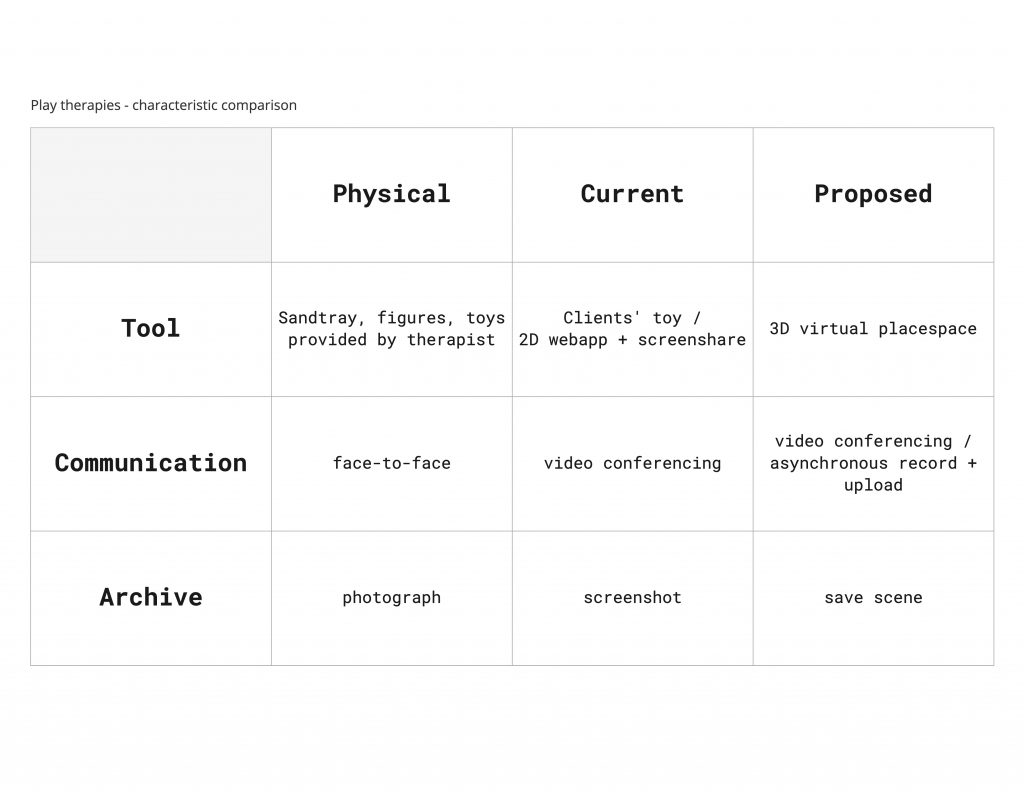
Expanded from the VR play space model, I then made wireframes and a prototype. It is not a complete representation of the proposed model but shows the selection of toys and the customization of the environments.
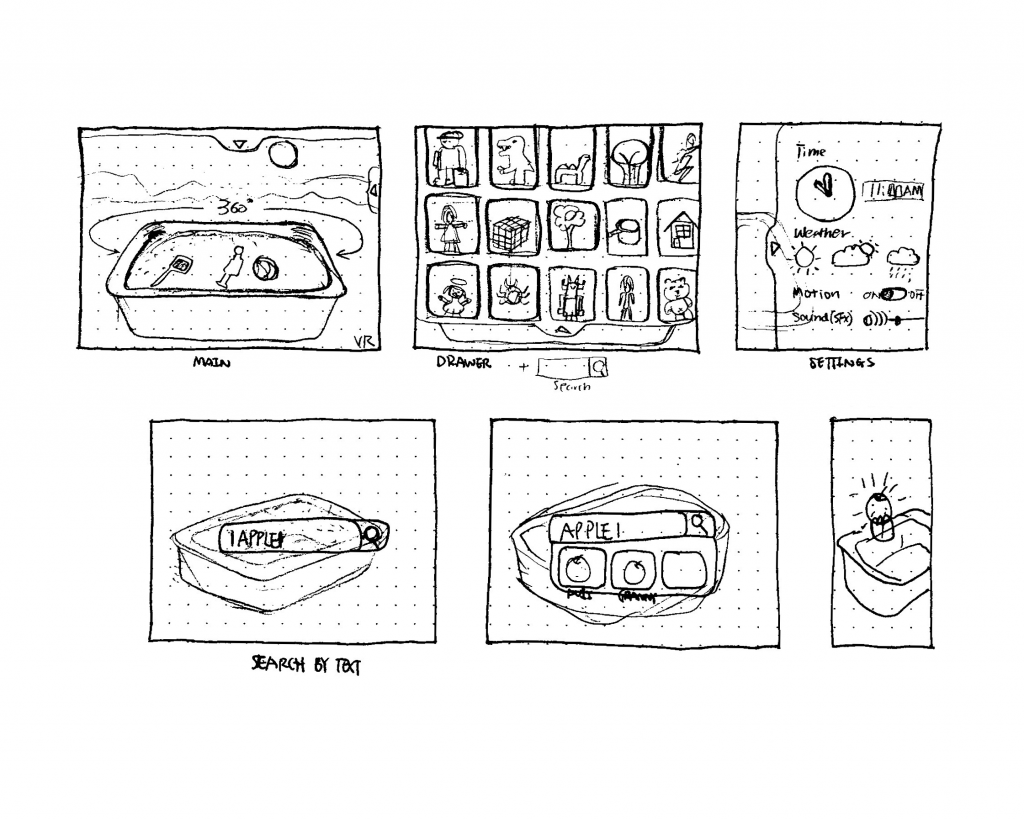
Reflections:
The digital transformation in play therapy is not going to be a straightforward solution to the issues around accessibility. However, providing options outside of the face-to-face model for therapist and clients may be beneficial to their approaches and adds flexibility to the play activities. The digital versions should not feel like an obstacle or distraction to the therapeutic process, but a continuation of what’s already been effective. More primary researches and experiments will be needed to find out what’s more effective and acceptable according to the standards of therapists and clients’ expectations.

